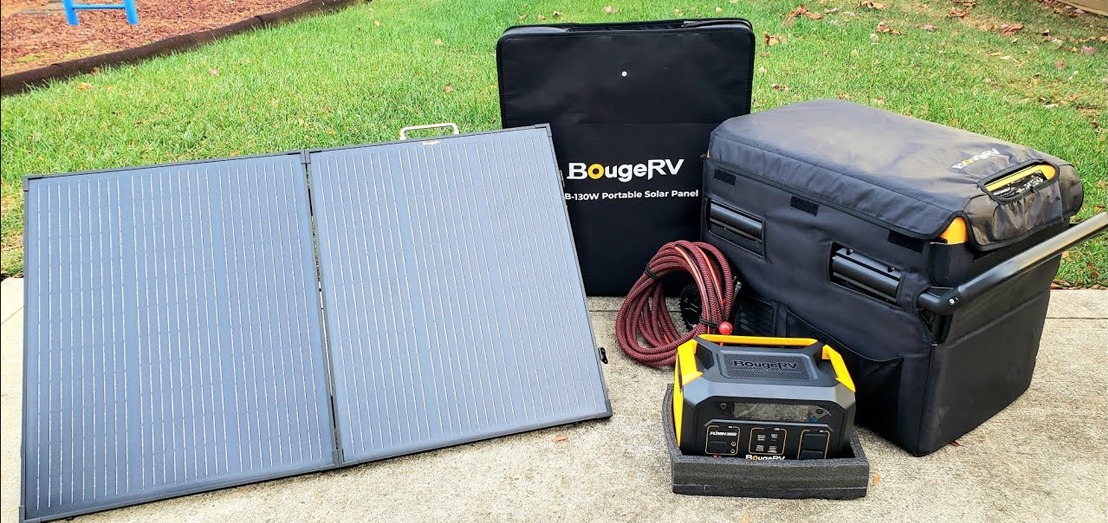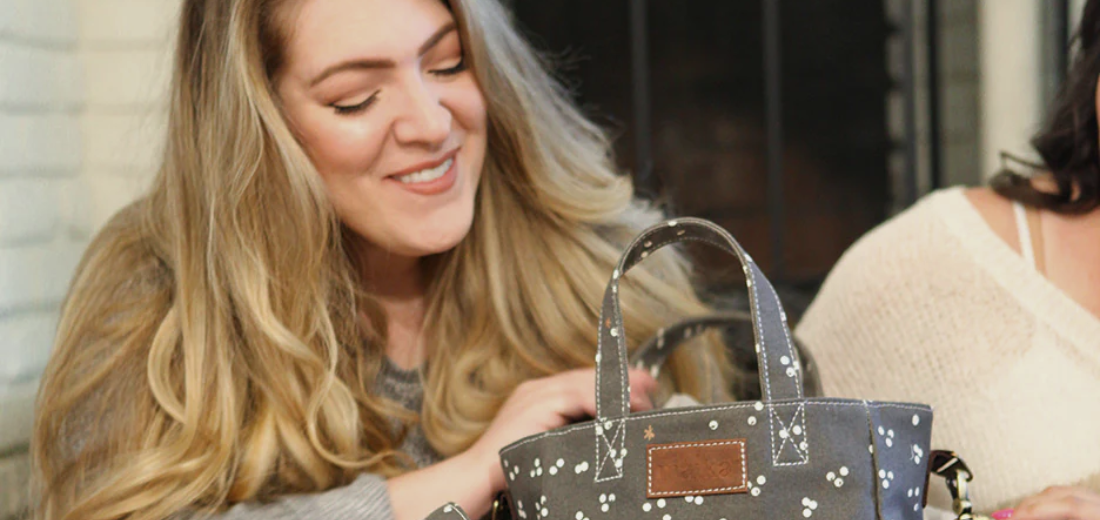Finding a pair of dress pants that fit correctly
will benefit you whether you`re looking for a team to go with a suit coat, a
casual jacket, or a simple button-down shirt. There isn`t much a tailor can do
if specific areas of the trousers are too distant from your body`s actual
dimensions, even if you buy a pair off the rack and have it altered.
Haggar, the best in
making men`s professional pants, aims to design the most comfortable and best-fit
pants for all sizes. They use the softest fabric and make sure the consumer
feels comfortable whenever they wear it.
Thus, you must be able to recognize a
good-fitting pair of trousers when you see one. You`ll not only look fantastic,
but you`ll also save making an extra trip to the tailor for personalized
alterations. What you should know is as follows.
Know The Size Of Your Waist
Starting with the proper waist size
makes the entire procedure much more accessible. Even if there are certain
instances where the actual dimensions of dress pants don`t translate entirely
from one brand to another, you should at least have a personal benchmark. The most
straightforward approach to accomplish this is to choose the pair of trousers
from your closet that fits you the best, then check the size on the tag.
Bring The Belt And Shoes With You
Try on a pair of trousers with a couple of
clothes you usually wear to work to see whether or not they will fit. The same
strategy may be used with casual trousers. We advise carrying accessories like
belts and shoes. When you add accessories, you may frequently identify color,
length, or seat size issues before you purchase.
Check To See Whether The Seat Is Tight
Selecting the right seat is one of
the most challenging parts of selecting dress pants that fit nicely. You should
be able to quickly provide your rear end into the back of your dress pants. A
properly fitting seat doesn`t drag or hang too loosely down your thighs; instead,
it sits securely on your knickers. When trousers sag down the back of your
thighs or have horizontal creases right behind the buttocks, they are either
too loose or too tight.
This phase is essential since a tailor is mainly
confined to the seat. Although a tailor can "take in" a heart to
lessen drooping, they can do a maximum amount before repositioning the pockets.
However, most seats cannot open very far to loosen the fit. When purchasing a
set, if you know you`ll be working with a tailor, it`s advisable to err on the
side of too loose rather than too tight because more fabric will often be
available when a set is open.
Reach A Reasonable Length
Length can be easily changed, but there is
one thing you need to check for if you want to avoid going to the tailor: the
break. When the top of your shoe rubs against the cuff of your dress pant leg,
a little wrinkle is created, known as the break. A cuff that sits gently on the
top of a shoe and has a back that extends to just above the heel is a good
break. If your trousers are too short, they will resemble highwaters, and if
they are too long, you will drag the back of your cuffs beneath your heels.
Measure The Leg Width
Leg width mostly depends on your particular
style, and the current trends range from highly slim to huge. We advise you to
disregard fashion trends in this region and maintain a traditional appearance.
You should be able to pinch one to two
inches of cloth on either side of your legs for a traditional fit that is also
conveniently work-friendly. This way, the fabric will smoothly drape across
your shape without adhering to it. Legs have natural narrowing as well. There will be a little inward taper from the thigh to the hem, which will appear
stylish and appropriate on all body types.
Finally, check for the breaks at the end.
There are three types, i.e., No break, Partial break, and Full break.
No Break
The current fashion trend is to take no
breaks. No-break trousers will feature a bottom hem that stops above your ankle
and misses your shoes. This break option is for brave and fashionable men and
has tapered leg widths. Socks should be best in this case since you`ll reveal
the most sock while you`re seated and even a fair bit when standing still with
the shortest pause.
Partial Break
We will merge the quarter and half breaks,
two middle-ground alternatives, into one for the partial break. For
conciseness, we`ll combine these two possibilities into what is typically
referred to as a partial break, even though we further split these two options
out in our entire guide. Your trousers should barely touch the top of your
dress shoes with a slight break. Just above where the front crease of the pant
legs meets the dress shoes, they should make a modest single vertical bend.
Full Break
The most extended option is a complete
break, which leaves you with enough excess material at the bottom hemline to
reach or even cover your shoelaces. The vertical bend/wrinkle in the front of
the pant legs above the hem will become more apparent. This break is the most straightforward
and unconcerned with trends, but it`s a fantastic option for a more traditional
office. Remember that a complete break done incorrectly might result in a baggy
appearance, making an otherwise well-fitted suit look noticeably untailored.
Even with the additional fabric, properly fitted full-break trousers won`t have
any `puddling.`




